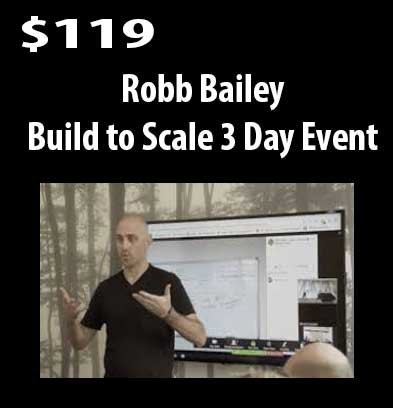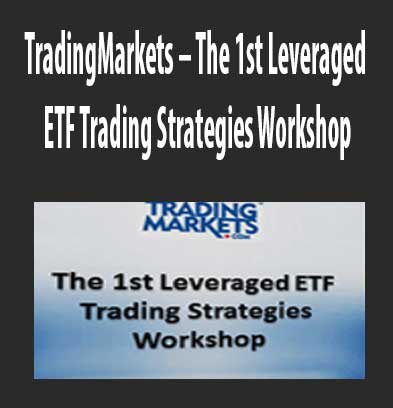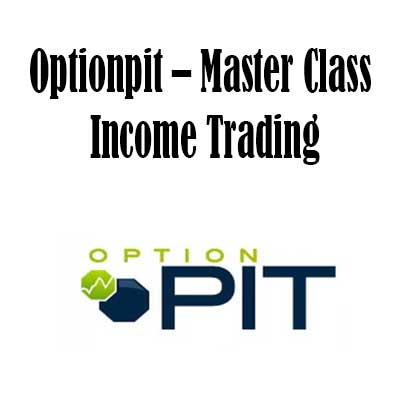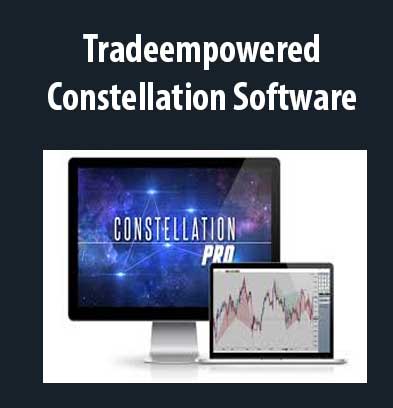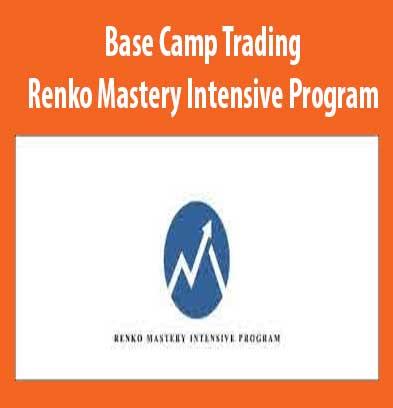David Abner – The ETF Handbook. How to Value and Trade Exchange Traded Funds
Description
The ETF Handbook. How to Value and Trade Exchange Traded Funds, David Abner – The ETF Handbook. How to Value and Trade Exchange Traded Funds, The ETF Handbook. How to Value and Trade Exchange Traded Funds download, David Abner – The ETF Handbook. How to Value and Trade Exchange Traded Funds review, The ETF Handbook. How to Value and Trade Exchange Traded Funds free torent
David Abner – The ETF Handbook. How to Value and Trade Exchange Traded Funds
The first technical guide to ETFs geared towards professional advisors, institutional investors, and financial professionals seeking to understand the mechanics of ETFs
Author/trader Dave Abner has created The ETF Handbook as a resource for everyone utilizing these sophisticated tools. With this book as your guide, you’ll learn from a professional ETF trader with practical guidance for valuation and best execution techniques.
This reliable handbook skillfully touches upon the technical details of ETFs not covered elsewhere. From the mechanics of ETF development to pricing and valuation techniques, this guide provides a complete background on ETF mechanics and offers extensive insights on using them from a professional’s perspective. It addresses how to position ETFs efficiently within a portfolio, and examines who ETF users are and how the funds are employed. Along the way, Abner also offers recommendations on where to find data related to these financial instruments.
Contains the technical ETF information needed by today’s financial professionals
Includes pricing and valuation spreadsheets and an instructional webinar that walks you through the world of ETFs
Touches upon topics such as calculating NAV (net asset value) and best practices for executing ETF order flow
Filled with in-depth insights and expert advice, The ETF Handbook contains ETF information that is critical for virtually every financial professional.
Table of Contents
Preface.
Acknowledgments.
Part One Introduction to the ETF Marketplace.
Chapter 1 Development of an ETF.
Market Access or Out-Performance?
Index Tracking or Actively Managed?
Underlying Assets.
Rebalancing and Index Changes.
ETF Basket.
Conclusion.
Chapter 2 Structure of an ETF.
Categorizing Exchange-Traded Products.
ETF Regulation.
Exchange-Traded Notes (ETNs).
Taxation.
When Structural Issues Arise.
Conclusion.
Chapter 3 Bringing an ETF to the Market.
Partnering with an Exchange.
Lead Market Maker.
ETF Incubation.
Comparing Fees by Structure.
Marketing and Launch.
Conclusion.
Chapter 4 Investment Companies, Now and in the Future.
In the Beginning, There Were Closed-End Funds.
Mutual Funds.
Actively Managed ETFs.
ETFs within the Portfolio.
Closing of ETFs.
Conclusion: The Future of ETFs.
Part Two Exchange- Traded Fund Valuation.
Chapter 5 ETFs with Domestic Constituents.
Calculating the Net Asset Value.
Discounts and Premiums.
Calculating the Intra-day Indicative Value.
Conclusion.
Chapter 6 ETFs with International Constituents.
International ETFs.
Providing Liquidity.
Conclusion.
Chapter 7 Fixed-Income and Currency ETFs.
Fixed Income.
Currency ETFs.
Conclusion.
Chapter 8 Leveraged, Inverse, and Commodity Products.
Introduction to Leveraged Products.
Understanding Inverse ETFs.
Commodity ETVs.
Conclusion.
Part Three ETF Trading and Execution.
Chapter 9 Trading Volumes and ETF Liquidity: Keys to Unlocking Value from the ETF Structure.
How is an ETF Different from a Stock?
A Brief Look at Equity Trading Volumes.
A Detailed Look at ETF Trading Volumes.
ETF Money Flows.
Conclusion.
Chapter 10 ETF Trading Business: Assessing and Providing Liquidity.
Trading Model.
Measuring Potential Available ETF Liquidity.
Requirements for an ETF Trading Business.
Conclusion.
Chapter 11: Execution: Handling Client Order Flow and Achieving Execution in ETFs.
Time Frames and Order Types.
Market Orders.
Limit Orders.
Algorithms.
Risk Markets (Utilizing Broker-Dealer Capital).
Creations and Redemptions.
Examples of Executions in the Market.
Conclusion.
Chapter 12: Market Participants and Their Trading Strategies.
Broker-Dealer Facilitation Desks.
Electronic Market Making.
Liquidity Aggregators.
Trading Strategies.
Conclusion.
Appendix A: List of ETF Issuers.
Appendix B: Research and Data Providers.
Appendix C: ETF-Related Web Sites and Blogs.
Appendix D: List of ETFs in Registration.
Notes.
About the Author.
Index.
Author Information
David J. Abner is the Director of Institutional Sales and Trading at WisdomTree, an issuer of exchange traded funds with a very broad client base of advisors and other investors. Prior to this, he was with BNP Paribas, where he was managing director and head of ETF trading from 2006–2008. From 1992–2006, Abner was with Bear Stearns where he traded in index arbitrage, baskets, Asian equity, and closed end funds before being tapped to head Bear’s ETF trading business. Abner gives frequent seminars on the many different aspects of trading and investing using ETFs.
Our Policies
A. Product Quality
We will provide GOOD quality of courses fast. If any issue, email: [email protected].
We sure that your problem will be support as soon as possible.
B. Digital Shipping Proceess
After your payment, we will review your payment, Then, we will send you PCLOUD LINK OF COURSES through email in 3 – 8 hours. If any issue, we will inform you as soon as possible.



